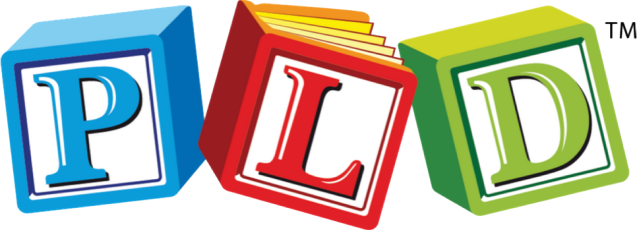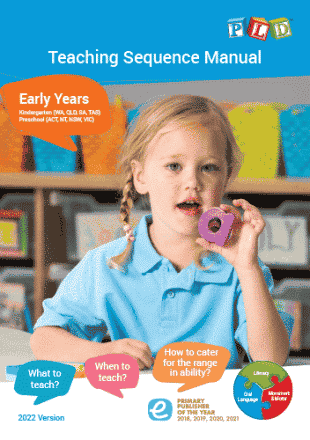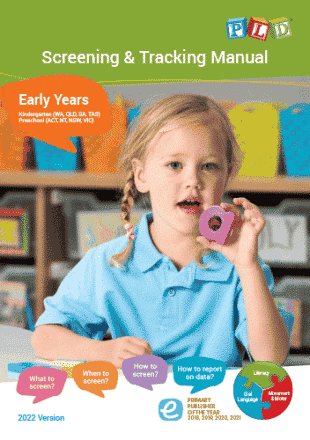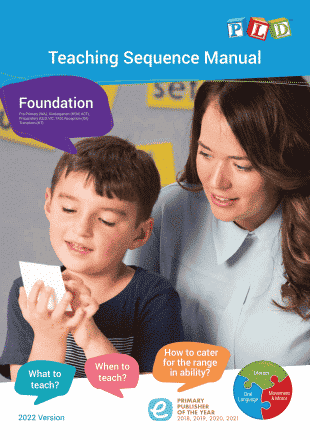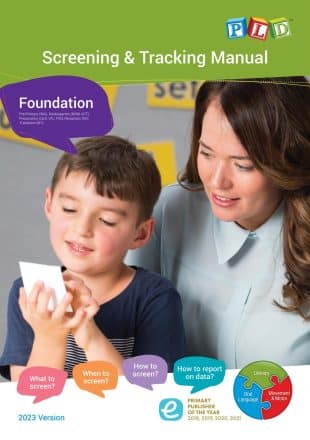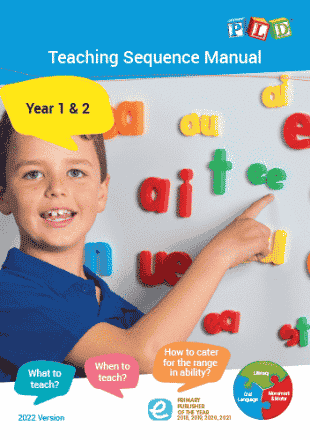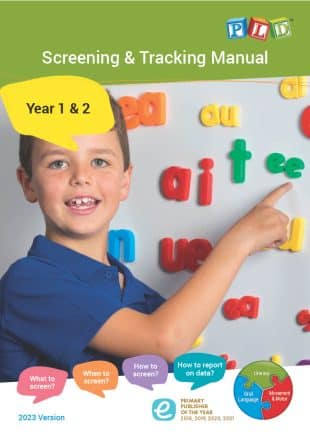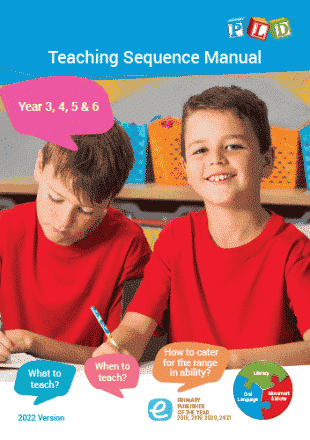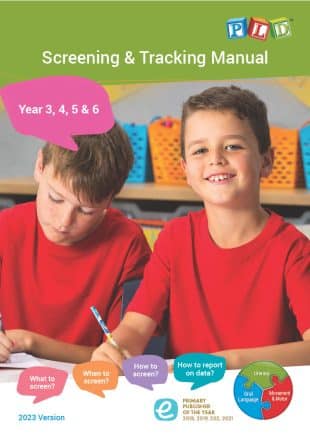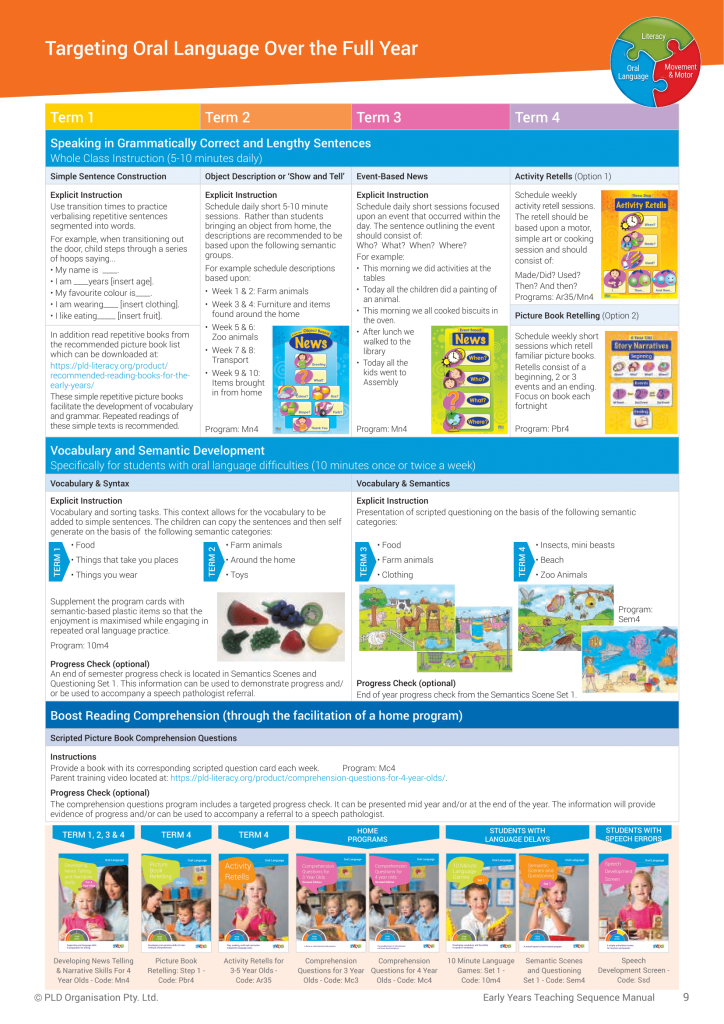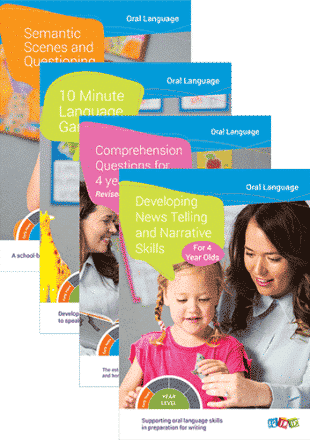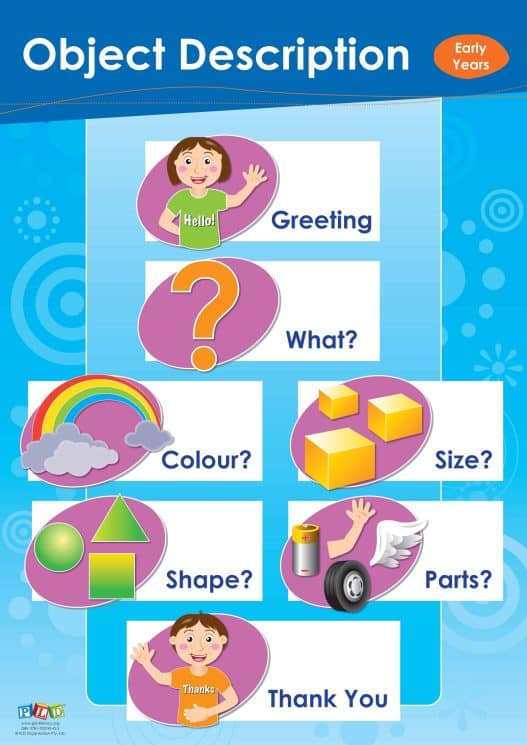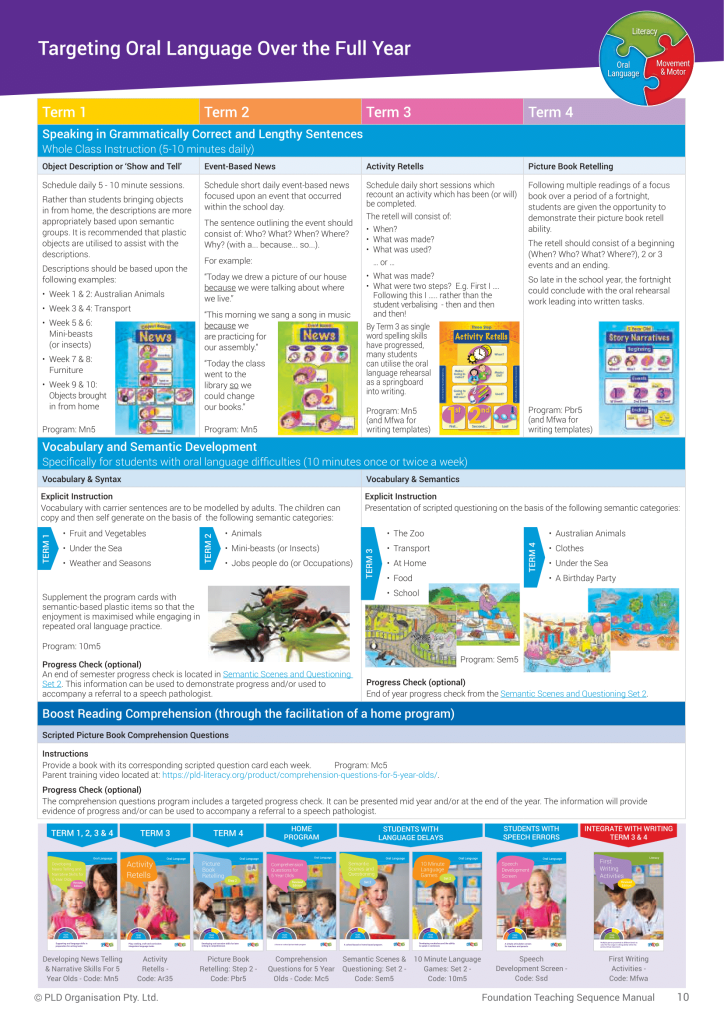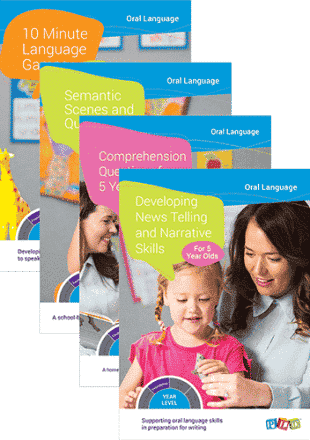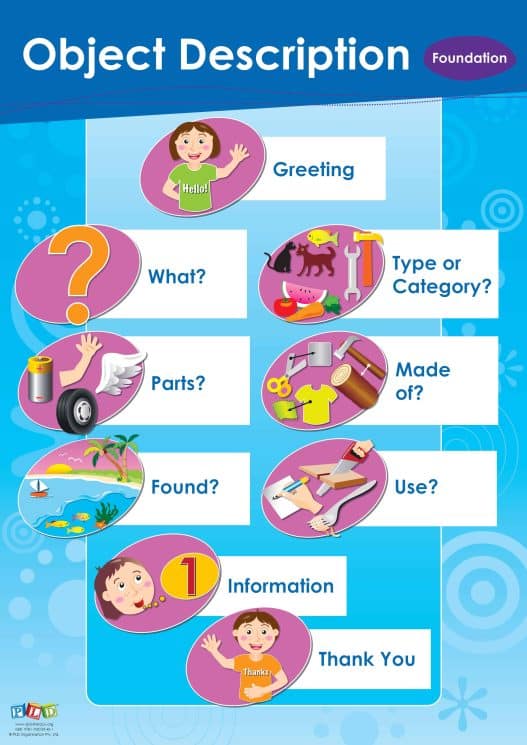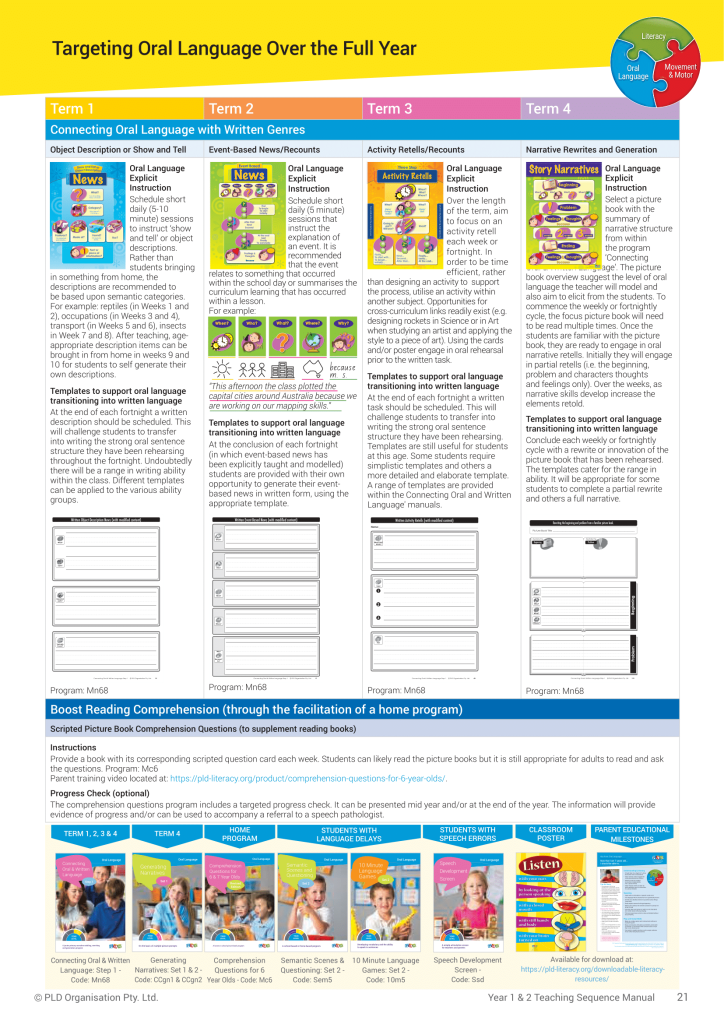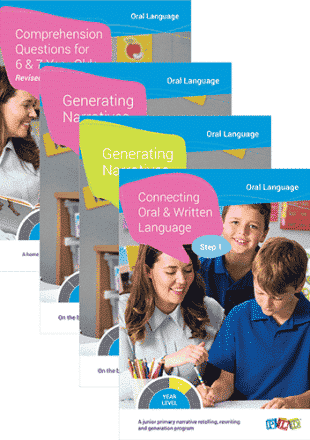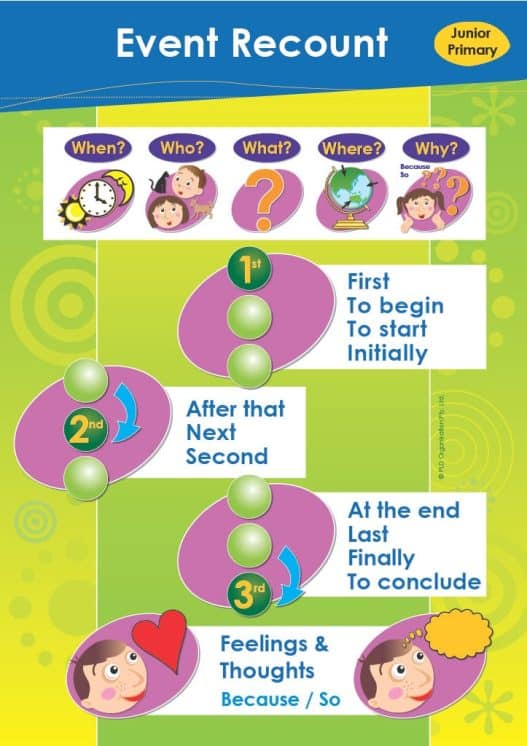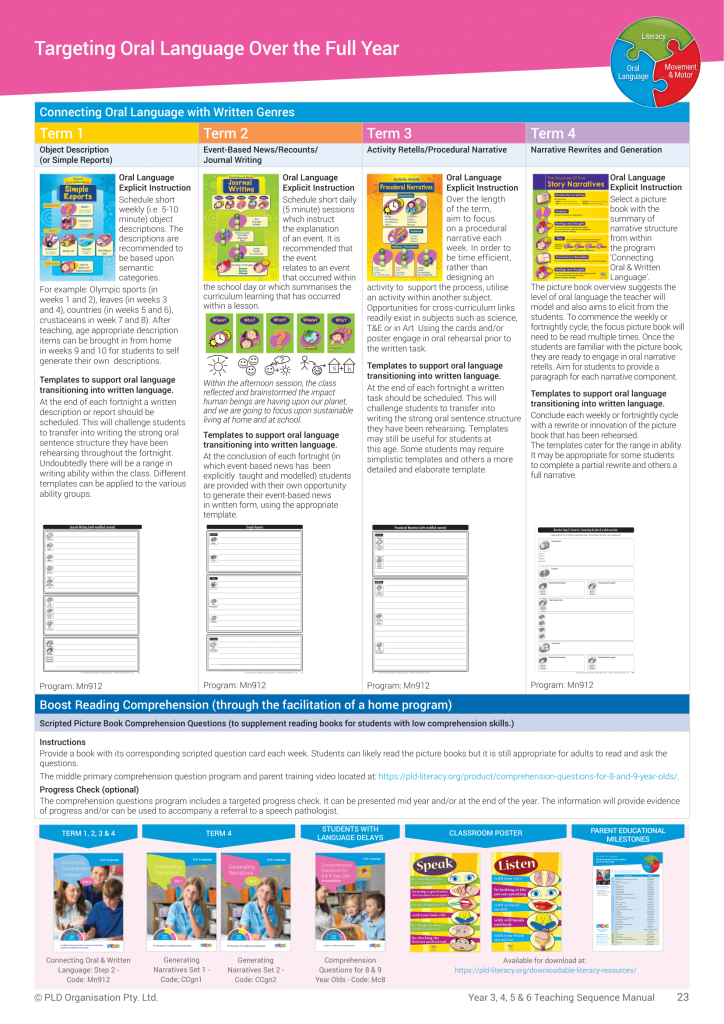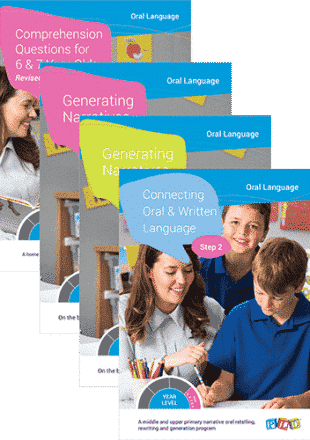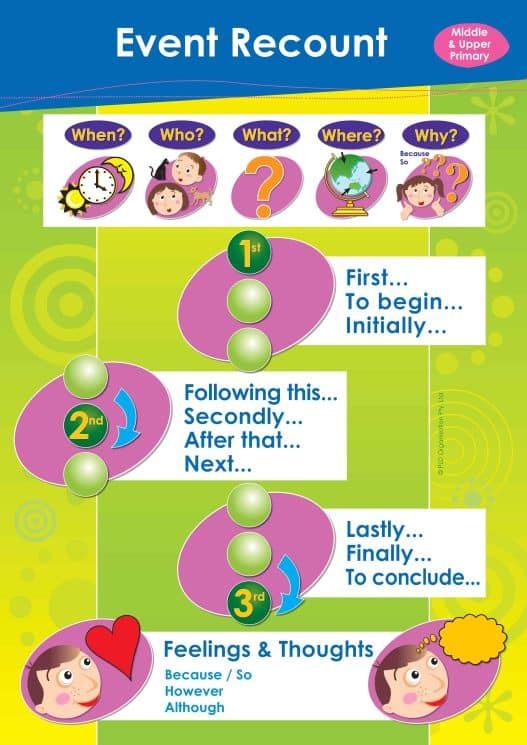Implementing with EALD & ESL Students
Maximising Literacy & Oral Language Outcomes with Evidence-Based Programs.
PLD has written many programs which can assist in developing strong oral language skills and literacy skills. Speech pathologists have been central to the design of both the literacy and language range. The programs are ideal for first language English speakers as well as those students whose first language is a language or dialect other than Standard Australian English.
Learning to can be a challenge for many students, but it typically presents specific challenges when English is an additional language or dialect (EAL/D). These students are learning to understand, read and remember English orthography plus they also have the challenge of receiving their general instruction within the newly introduced English language. The identification of the most effective method to teach EAL/D students how to read has been debated for many years. The studies Educating English Language Learners and Developing Literacy in Second-Language Learners communicated the following:
- Students who are able to read in their first language typically achieve higher levels when learning to read in English.
- The presentation of evidence-informed programs (such as SSP) are also appropriate for EAL/D students.
- It is appropriate for teachers of EAL/D students to modify their instruction to account for the language learning needs of their students.
- EAL/D (like all students) achieve the highest literacy levels when provided with a well designed instructional routine.
Early Years Classes
Are advised to focus on an Early Years implementation of PLD. Click here for the Early Years manuals.
- If commencing implementation within semester 1, classes are advised to commence teaching the skills outlined commencing with the Term 1 Early Years implementation.
- If commencing implementation in semester 2, an Early Years placement test can be presented to determine the starting points for the different targeted teaching groups. Read more on this here.
Foundation Classes
Are advised to focus on a Foundation level implementation of PLD. Click here for the Foundation manuals
- If commencing implementation within semester 1, classes are advised to commence teaching the skills outlined commencing with the Term 1 Foundation implementation.
- If commencing implementation in semester 2, an Foundation placement test can be presented to determine the starting points for the different targeted teaching groups. Read more on this here.
Year 1 & 2 Classes
Are advised to focus on Year 1 & 2 implementation of PLD. Click here for the Year 1 & 2 manuals.
- The spelling placement tests (which cover PLD’s stages 1-3) are located on pages 9-12 of the Screening & Tracking Manual.
- The reading placement test (which covers PLD’s stages 1-3) will support teachers to identify students who require decodable reading material. These assessments can be found on pages 16-20 of the Screening & Tracking Manual.
- For the students operating at a pre-literacy (or pre-CVC level) present the subtests in the red box on pages 27-29.
Years 3, 4, 5 & 6 Classes
Are advised to utilise the placement tests outlined in the Year 3, 4, 5 and 6 manuals.
- The spelling placement tests (which cover PLD’s stages 1-6) are located on pages 9-16.
- The reading placement tests will identify the students who still require decodable reading material. These can be located on pages 23-26.
- For the students operating at a pre-literacy (or pre-CVC) level, present the subtests in the red box on pages 26-28.
Inside each downloadable Teaching Sequence Manual there is a full year oral language teaching plan, consisting of whole class, small group and home program materials.
Early Years Classes
- Early Years Oral Language Plan on page 9 in the Early Years Teaching Sequence Manual
- Early Years Oral Language Starter Pack – view here.
- Download the Early Years Posters here.
Foundation Classes
- Foundation Oral Language Plan on page 10 in the Foundation Teaching Sequence Manual
- Foundation Oral Language Starter Pack – view here.
- Download the Foundation Posters here.
Year 1 & 2 Classes
- Year 1 & 2 Oral Language Plan on page 21 in the Year 1 & 2 Teaching Sequence Manual
- Year 1& 2 Oral Language Starter Pack – view here.
- Download the Year 1 & 2 Posters here.
Years 3, 4, 5 & 6 Classes
- Year 3, 4, 5 & 6 Oral Language Plan on page 23 in the Year 3, 4, 5 & 6 Teaching Sequence Manual.
- Year 3, 4, 5 & 6 Oral Language Starter Pack – view here.
- Download the Year 3, 4, 5 & 6 Posters here.

